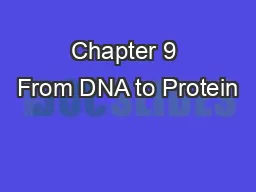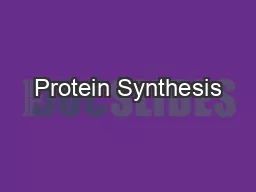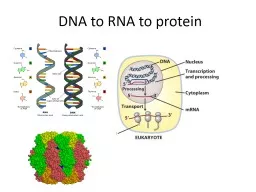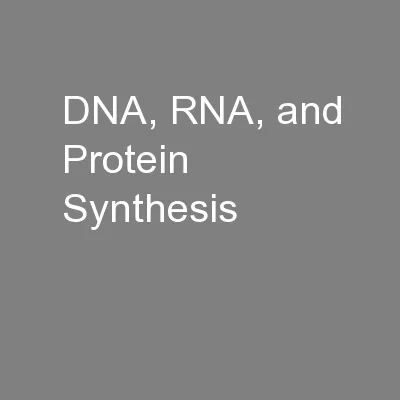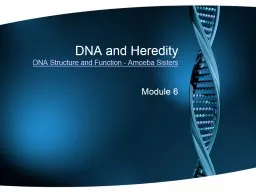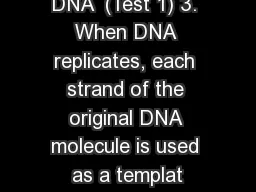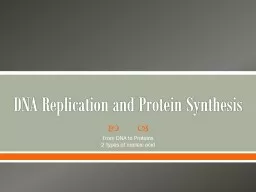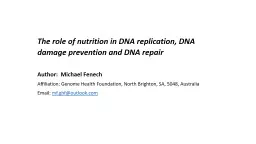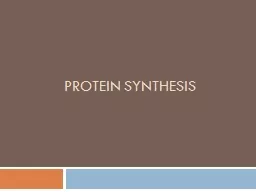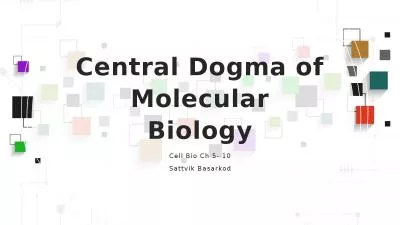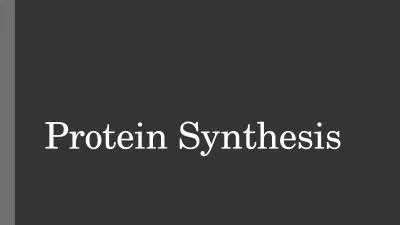PPT-Chapter 9 From DNA to Protein
Author : celsa-spraggs | Published Date : 2018-12-24
91 Ricin RIP A tiny amount of ricin a natural protein found in castoroil seeds can kill an adult human there is no antidote Ricin is a ribosomeinactivating protein
Presentation Embed Code
Download Presentation
Download Presentation The PPT/PDF document "Chapter 9 From DNA to Protein" is the property of its rightful owner. Permission is granted to download and print the materials on this website for personal, non-commercial use only, and to display it on your personal computer provided you do not modify the materials and that you retain all copyright notices contained in the materials. By downloading content from our website, you accept the terms of this agreement.
Chapter 9 From DNA to Protein: Transcript
Download Rules Of Document
"Chapter 9 From DNA to Protein"The content belongs to its owner. You may download and print it for personal use, without modification, and keep all copyright notices. By downloading, you agree to these terms.
Related Documents

